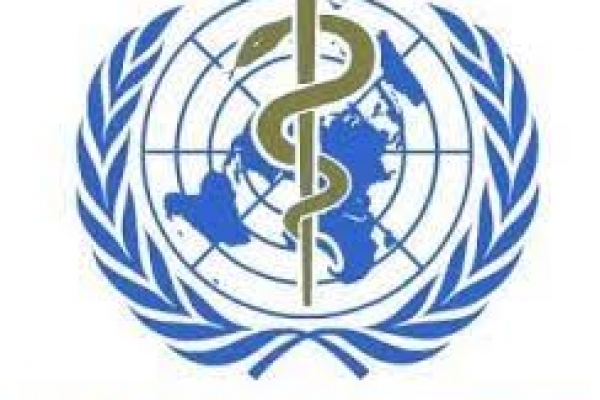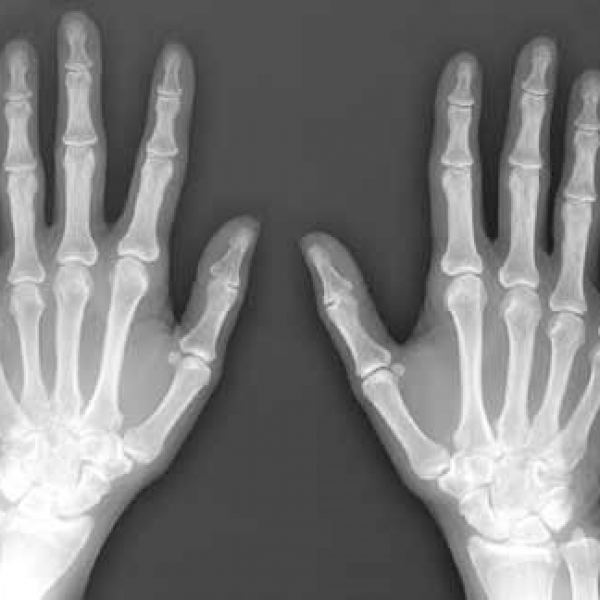Contact Admission
International Collaboration
5 scary bacteria on your hands
Recently, Tasha Sturm - a laboratory technician in California (USA) has published pictures of the life of bacteria normally residing in our hands.
In order to complete this piece, she asked her 8-year-old son who had just gone out to clench his hands on a gel pad specialized in bacterial culture. This gel pad will be incubated by Sturm for a few days for bacteria to grow.
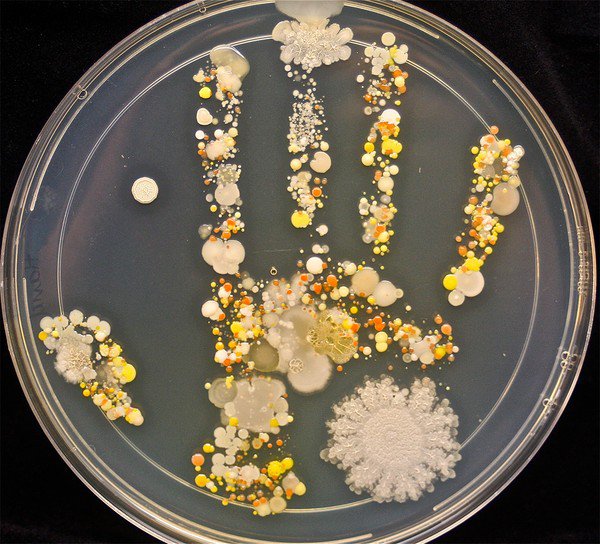 The image of bacteria "blooming" on the hand of an 8-year-old boy who was just outside to play. As a result, she obtained many species of bacteria with extremely attractive color characteristics. There are bacteria that are good for your body, but there are bacteria that can make you sick at any time, Sturm said. Washing your hands often with soap will partly help to repel the bacteria that colonize our hands.
The image of bacteria "blooming" on the hand of an 8-year-old boy who was just outside to play. As a result, she obtained many species of bacteria with extremely attractive color characteristics. There are bacteria that are good for your body, but there are bacteria that can make you sick at any time, Sturm said. Washing your hands often with soap will partly help to repel the bacteria that colonize our hands.
Let's take a look at the types of bacteria that may be residing in your hands through the article below.
1. Salmonella
Salmonella is a genus of rod-shaped bacteria in the family Enterobacteriaceae - a family of the famous bacterium E.coli that causes diarrhea. Salmonella is found all over the world and is the cause of diseases such as typhoid fever, malaria and food poisoning.

This type of bacteria is usually found in raw eggs, undercooked poultry, raw vegetables ... and spreads quickly when a person eats contaminated food or comes in contact with animal / human waste. infection. As long as Salmonella is in hand, you absolutely can "eat" them at any time.
According to experts, Salmonella is the culprit that causes 93.8 million poisoning cases worldwide each year. According to a 2011 report by the US Centers for Disease Management, more than 1 million Americans are infected with Salmonella each year, of which about 20,000 people are hospitalized and nearly 400 deaths.
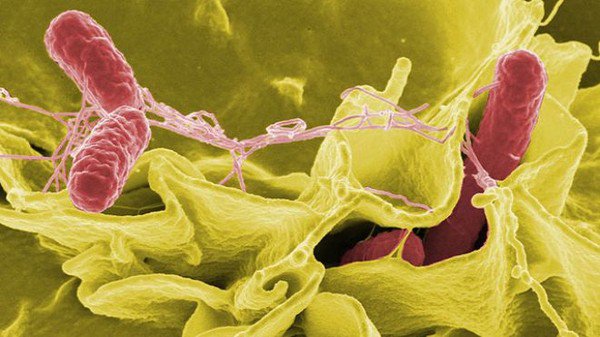
Symptoms of a patient infected with Salmonella are diarrhea, fever and abdominal pain within 8-12 hours of eating contaminated food.
In some cases in children and the elderly, the patient can become dehydrated leading to more severe complications. Salmonella can be prevented with good hand hygiene.
2. Listeria
Listeria bacteria can be found easily in nature such as in soil, animal manure, sewage, mud, spoiled vegetables, especially in green grass that has not been dried.
Unlike its peers, Listeria has the ability to grow even in low-temperature environments like in the refrigerator, but will most proliferate at 45 degrees C environment.
Bacteria from the gastrointestinal tract enter the blood and tissues of infected people, thereby migrating to susceptible cells and multiplying many times. People at high risk of infection are infants, middle-aged people, people with compromised immune systems and pregnant women.
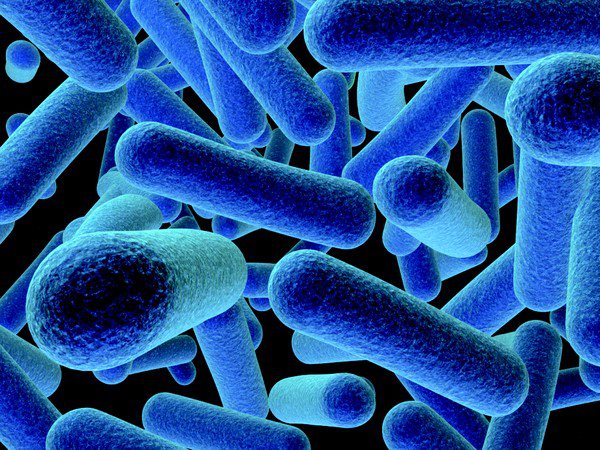
Listeria can cause gastroenteritis, along with the flu-like symptoms. In exceptional cases, they can cause sepsis and even meningitis. Without timely intervention, the patient's death rate is quite high.
Advice to prevent Listeria virus infection is to cook food thoroughly and wash your hands to avoid foodborne viral contamination.
3. Escherichia Coli (E.coli)
Also known as colonic bacteria, E.coli is one of the main bacteria that parasitize the intestines of hot-machine animals. Although it is an essential bacteria for the digestion of food, E.coli can also turn into an enemy of the body when it causes diarrhea.

Mutant strains of E.coli carry properties that are really dangerous and become a form of bacteria to human health. E.coli can cause diarrhea, fever, worse can cause blood disorders and kidney failure.
This type of bacteria is spread through feces - hand - mouth. They are transmitted from feces through the hands, food, water ... and are taken into the body by mouth.
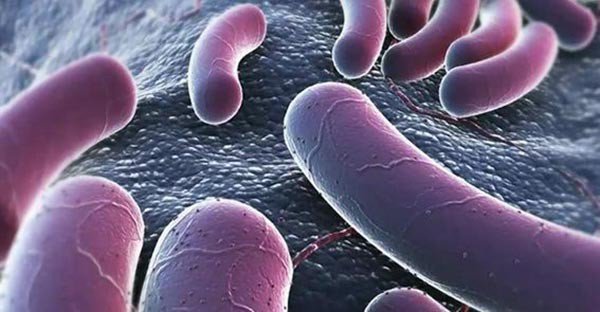
They can also survive on undercooked meat and contaminated river water. That is why an important recommendation in the prevention of E.coli is to wash your hands well before eating.
4. Staphylococcus aureus
Staphylococcus aureus or staph is a species of Gram staph and is the most common cause of bacterial infection among staph species. They are commonly found under the skin and hair layers as well as in the nose and throat of humans and animals.
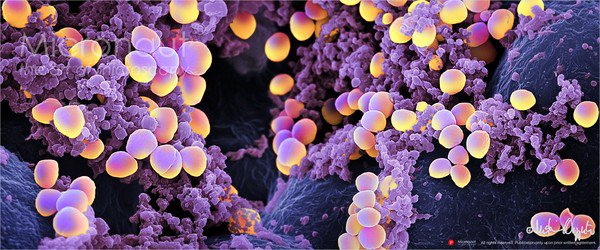 Staphulococcus can cause food poisoning through unsafe food preparation and poor storage of the food. At room temperature, they reproduce rapidly and produce a poison that can cause disease in humans.
Staphulococcus can cause food poisoning through unsafe food preparation and poor storage of the food. At room temperature, they reproduce rapidly and produce a poison that can cause disease in humans.
The most common cause of Staphylococcus poisoning is from cooking with bare hands and not cooking it thoroughly afterwards. This bacterium will be passed by hand through foods such as salads, sandwiches or sandwiches ... and into the human body.
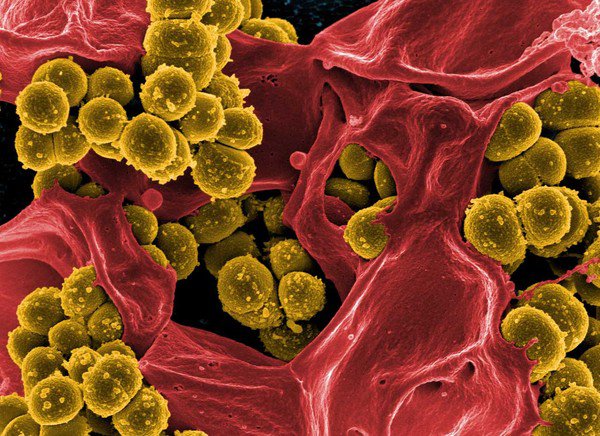
Therefore, in addition to keeping food clean and sanitized, make sure your hands are clean before preparing the food as this is considered one of the ways to prevent this bacteria.
5. Bacillus (bacillus)
Bacillus is a genus of rod-shaped bacteria belonging to the Bacillaceae family. Unlike most bacteria of this genus, which are probiotics, some Bacillus cereus strains can cause food poisoning.
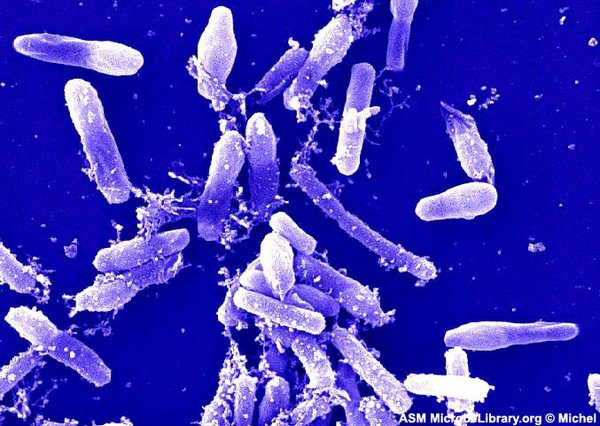
This bacterium produces two types of toxins: diarrhea toxins and vomiting toxins, in which the toxin that causes diarrhea destroys the epidermis and intestinal mucosa, and even leads to death. Vomiting is highly energetic and is not broken down by heat or gastric juice.
Bacillus cereus is commonly found in the soil and sometimes in foods from near-ground crops such as beans, grains and spices.
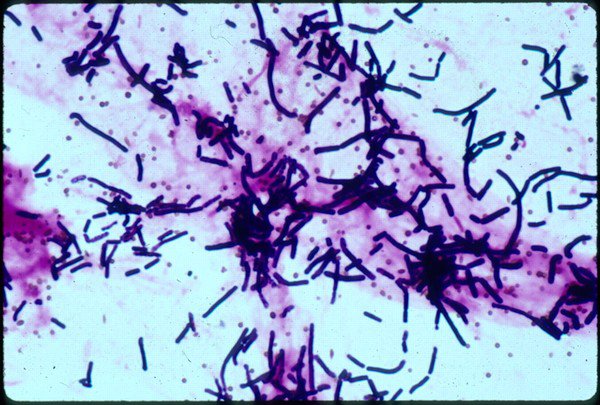 Accordingly, although fully cooked, these foods still contain the pathogen Bacillus cereus. This bacteria can grow in moist environments, spreading through the hands when preparing and serving food.
Accordingly, although fully cooked, these foods still contain the pathogen Bacillus cereus. This bacteria can grow in moist environments, spreading through the hands when preparing and serving food.
So, expert advice on preventing Bacillus cereus infection is to keep food cool in the refrigerator and wash your hands before / after cooking.
According to Young Intellectuals
Other news
- 25 Cancer Warning Signs You Often Ignore ( 09:19 - 13/12/2025 )
- Should you get a tetanus shot if you’re injured while cleaning up after a flood? ( 09:22 - 28/11/2025 )
- 7 Diseases Likely to Spread After Floods – A Family Health Guide ( 14:01 - 25/11/2025 )
- HOW DOES MORNING COFFEE AFFECT GUT HEALTH? ( 08:38 - 15/12/2024 )
- RABIES: CAUSES, PREVENTIVE MEASURES, AND TIMELY TREATMENT ( 14:21 - 08/11/2024 )
- These small but the benefit did not expect help prevent COVID-19 ( 08:44 - 27/04/2021 )
- Foods that help prevent breast cancer ( 08:42 - 27/04/2021 )
- How to recognize and prevent dengue fever ( 09:39 - 22/04/2021 )
- 6 ways to limit your risk of colorectal cancer ( 13:13 - 14/04/2021 )
- 5 warning signs of a weakened immune system and food to increase resistance ( 08:46 - 06/04/2021 )








